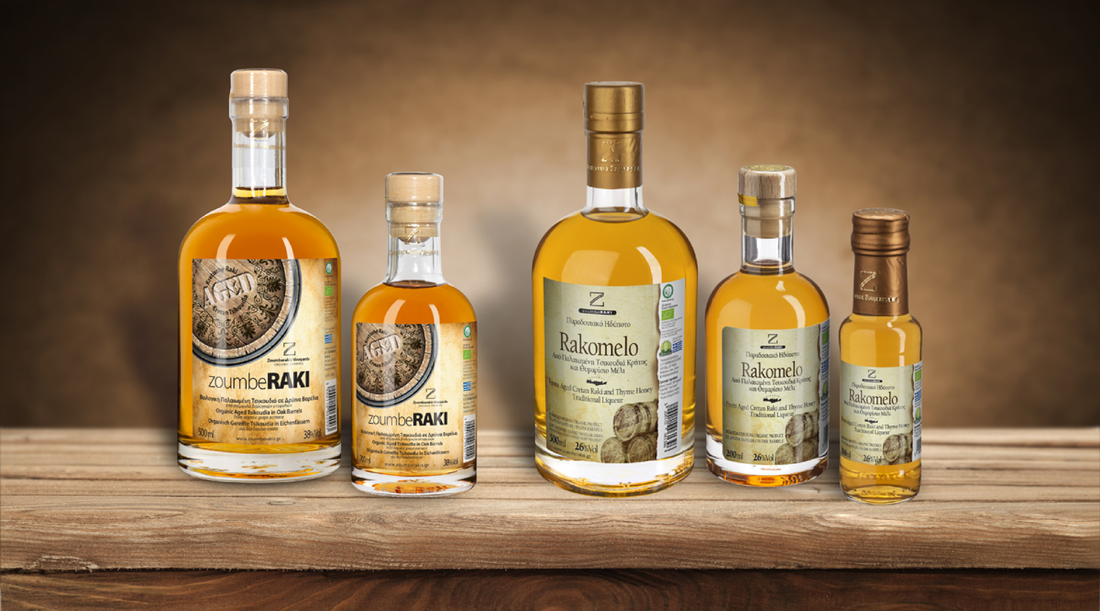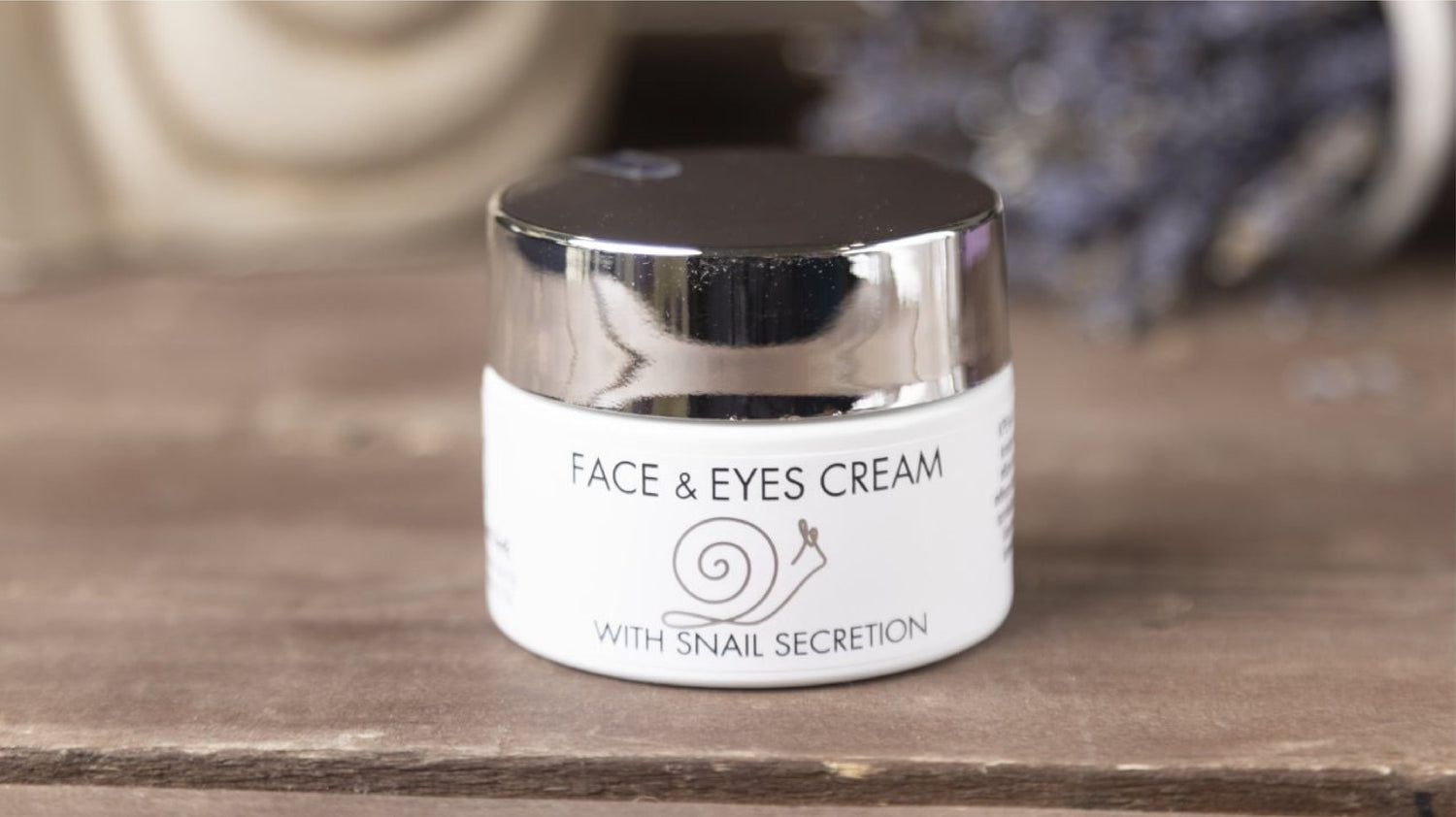
Raki from Crete – A Profile
Share
Cretan 'raki', also known as 'tsikoudia' on the island of Crete, is a traditional, high-proof distillate made from the remains of wine production, the so-called 'pomace' (the pressed grape skins and seeds). It has established itself as an essential part of the culture and plays a central role in the island's hospitality and social life.
Story
The history of Cretan "raki" goes back to ancient times. Originally called "suma" by the Greeks, the distillate is older than the famous Greek ouzo and its origins can be traced back to the Byzantine period. The name "raki" itself comes from Turkish and became popular during the Ottoman rule in Crete, when the Ottomans brought distillation techniques to Greece.
Over the centuries, “Tsikoudia” in Crete has become a symbol of local tradition and Cretan hospitality. The islanders use it not only as a drink, but also as part of their social ceremonies, such as weddings, festivals and other celebrations.
production
The production of raki follows an artisanal process that requires a lot of patience and precision. The main ingredient is the grape pomace that is left over after the wine harvest. This is distilled in large stills, also called "kazani". The pomace is first processed through fermentation, which converts sugar into alcohol. This is followed by distillation, where the alcohol content of the starting product is converted into steam by the high temperature and later condensed again to produce a high-proof drink.
The quality of the raki depends largely on the quality of the pomace used and the craftsmanship of the distiller. Traditionally, raki is usually bottled unsweetened and with an alcohol content of around 40 to 50 percent. In some cases, however, it is stored in barrels to refine and soften the taste. Some distilleries also add herbs or spices, which give the raki an additional aromatic flavor.
use
Cretan raki is mainly served as a welcome drink or gift. Tradition dictates that raki is offered with a friendly smile and a short toast, symbolizing Cretan hospitality. It is usually served in small glasses or cups and often enjoyed without mixer or sugar to experience the pure taste.
In Crete, raki is not only consumed as a drink, but also used as part of the local cuisine. In dishes, it is used as an ingredient in marinades or for flambéing meat, which gives the dishes a special flavor. Particularly well-known is the "keftedes" (fried meatballs), which are sometimes refined with a shot of raki.
Additionally, “Tsikoudia” plays an important role in festive occasions. It is not uncommon for a glass of raki to be passed around during celebrations as part of toasts and conversations, which encourages social interaction. It is also served as a digestive after a rich meal to stimulate the appetite and aid digestion.
Conclusion
Raki is more than just a drink - it is a piece of living tradition and an expression of the Cretan way of life. Whether as part of a convivial evening with friends, as a welcome drink for guests or as an ingredient in the kitchen, "Tsikoudia" is an important part of the culture. It connects generations, promotes togetherness and is an unmistakable symbol of the hospitality and proud heritage of the island of Crete.

The absolute highlight in our store is the exclusive raki, matured for 6 years in oak barrels – try it now!
You will find other types of schnapps, liqueur & Melisamico from ZoumberRAKI (Zoumberaki organic winery from Crete).
Zoumbéraki Winery is known for its high-quality, organic wines, produced with passion and respect for the island's tradition. Located in the heart of the Cretan wine region, it combines modern techniques with centuries-old methods of wine production. The winery grows both local varieties such as the famous "Kotsifali" and "Mandilaria" as well as international grape varieties. Zoumbéraki wines are characterized by their excellent quality, distinctive taste and the island's terroir. With a focus on sustainability and artisanal production, the winery offers an exclusive selection of wines, brandies & melisamico that reflect the best of Crete.

